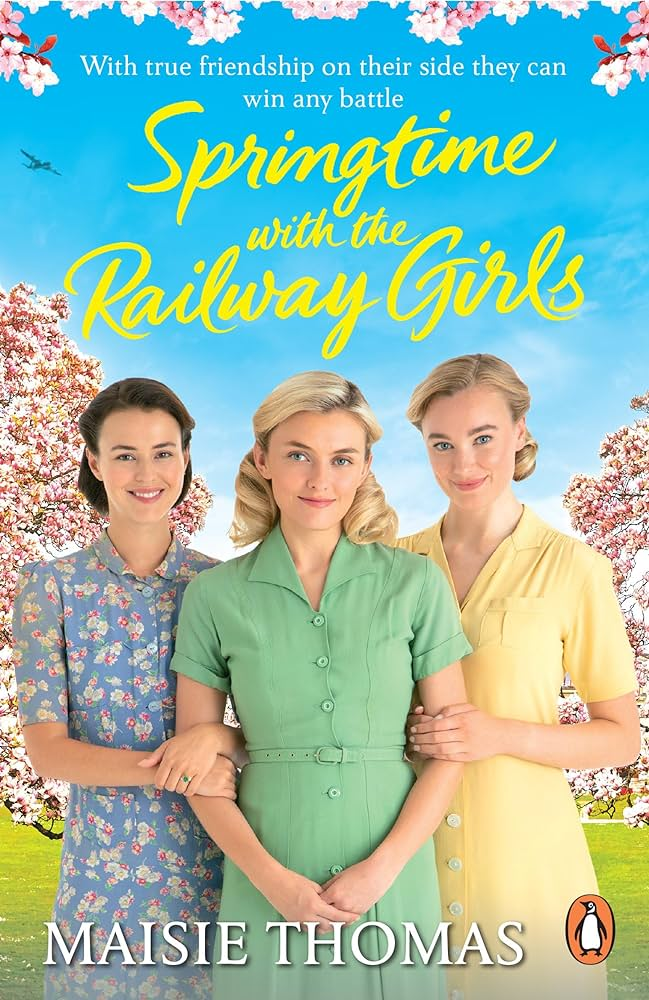Mary I – Queen of Sorrows by Alison Weir – a powerful new view of the first Tudor Queen to reign in her own right

Mary I – Queen of Sorrows by Alison Weir
I have been an avid reader of Alison Weir’s fictionalised biographies of the Tudors for many years, – and this latest monumental book about the first woman to reign in England and Wales in her own right feels somehow a climax. Mary I is not an easy person to write about, as her life and reign is often cast into the shadow of her half sister’s triumphant time on the throne. Indeed, my own early reading of novels about Elizabeth I viewed Mary’s brief and difficult reign as a hurdle to get over before the glory of her successor began. This book tries to give a view of Mary in her own right, the product of a traumatised life after the advent of the hated Anne Boleyn, the danger of her teenage years, the difficulties of coping with changes in her once loved siblings, and a Queen who saw her destiny as the destruction of heretics. Her naivety in some respects contrasts sharply with her absolute determination to recover her country for the true faith, as she longs for a husband who has other priorities and fails to appreciate her as a Queen and a woman.
This is a vivid novel of the behind-the-scenes life of a woman having to meet challenges in a world that would frequently disregard her, and Mary herself is a revealed as a vulnerable woman who struggles to take a stand in her own right. This is a powerful novel of real insight into a figure long condemned for her cruelty, but also a portrait of a real woman with many doubts. I was very pleased to have the opportunity to read and review this very special novel.
In the beginning Weir shows Mary as a happy girl, the focus of her parents’ attention and love, blossoming as a scholar and musician. The only shadow is her charismatic father’s interest in a fascinating lady in waiting, Anne Boleyn, newly arrived from France and seemingly determined to become more than a mistress. Mary is now refers to her as the Witch, as her malign influence seems behind Henry’s determination to exile Katherine and break with Rome. Denied her mother’s comfort, Mary turns to the consolation of her Catholic faith, which makes her relationship with her father even more difficult. She is eventually forced into denying her parents’ marriage and is ill-treated by the first of her stepmothers. As Jane Seymour succeeds her, a calmer period ensues, and a precious son is born, but Jane’s death leads to a succession of stepmothers who the lonely Mary tries to make a relationship. When her brother Edward succeeds to the throne if not real power, Mary’s life is again in peril, but she survives to become Queen. Her determination to reunite her country with Rome and her desperation to have a Catholic heir leads her to personally condemn hundreds to death, as part of her desperation to reclaim the glorious certainties of her childhood.
Weir’s skilful creation and development of Mary’s character is central to this moving and intense novel. Although she has flashes of determination and even courage, she is worn down by events and ill health into a woman who frequently seeks solitude and excessive religious observance. It is difficult to reconcile her own physical frailty with her determination to condemn others to death, but Weir does succeed in conveying Mary’s absolute convictions into explaining her actions. Mary uses her clothes and jewels as symbols of her position and attempts to communicate her feelings to others, but she often sees herself as drab and unimpressive alongside her stylish younger sister. This is a novel of great depth and immaculate research, but Weir never allows her discoveries to slow her narrative of a famous woman often reduced to desperation by circumstances beyond her control. I recommend this novel as a powerful insight into a woman’s difficult life and times, and a suitable third book in a trilogy featuring three generations of the Tudor dynasty.











